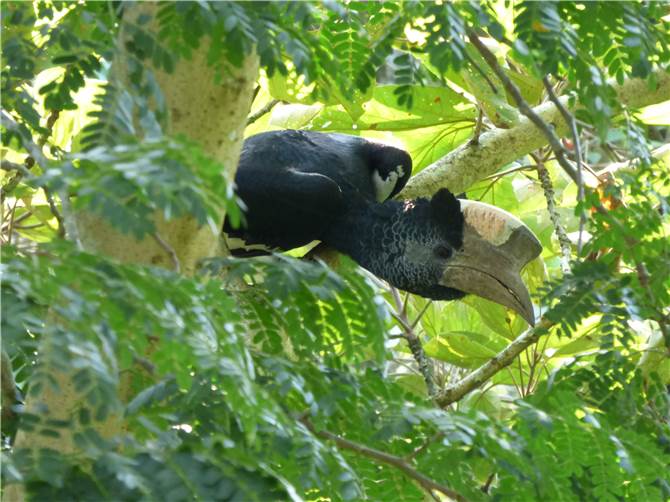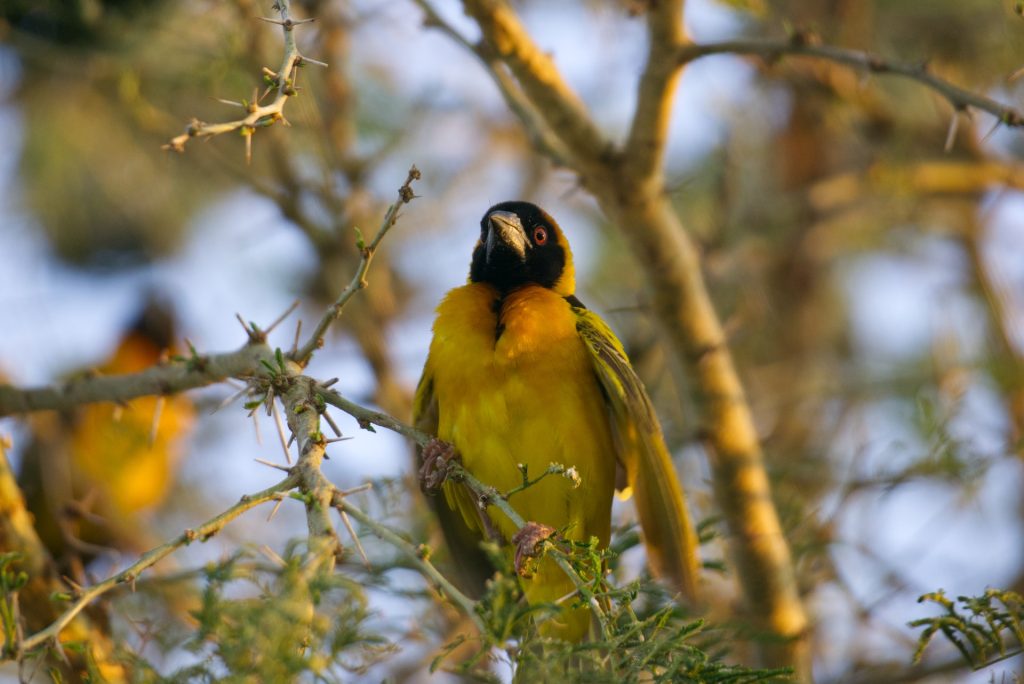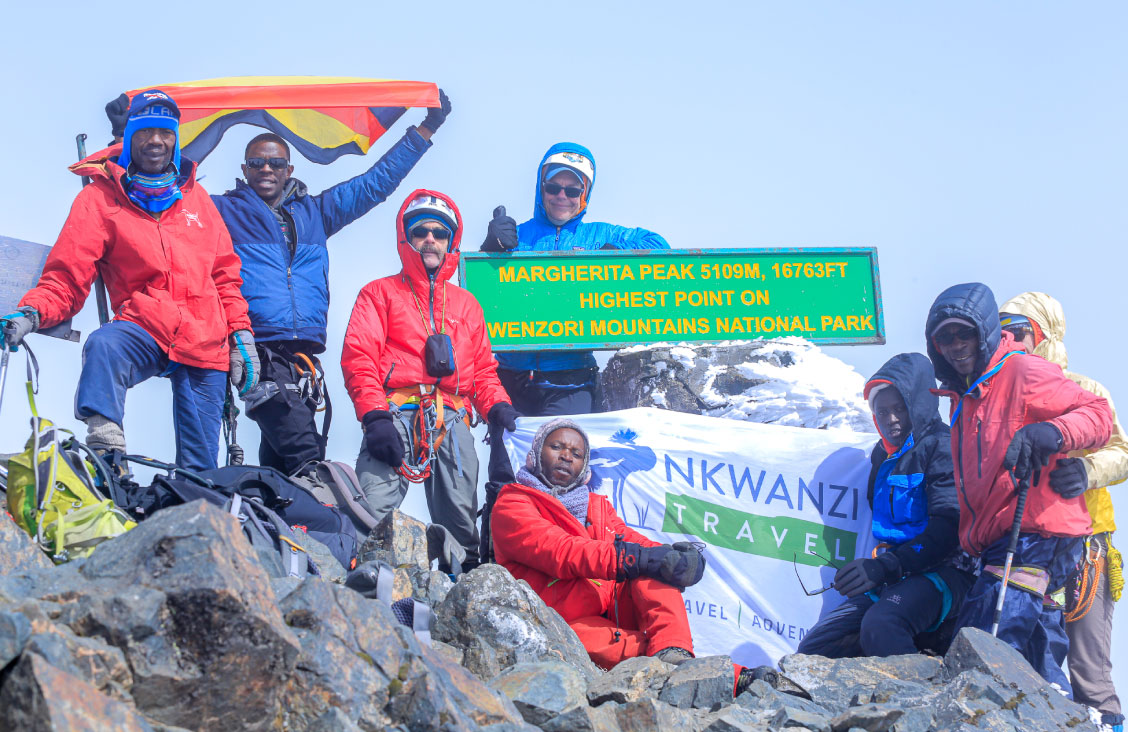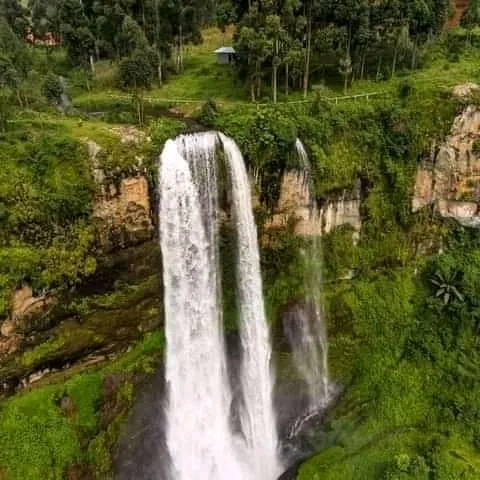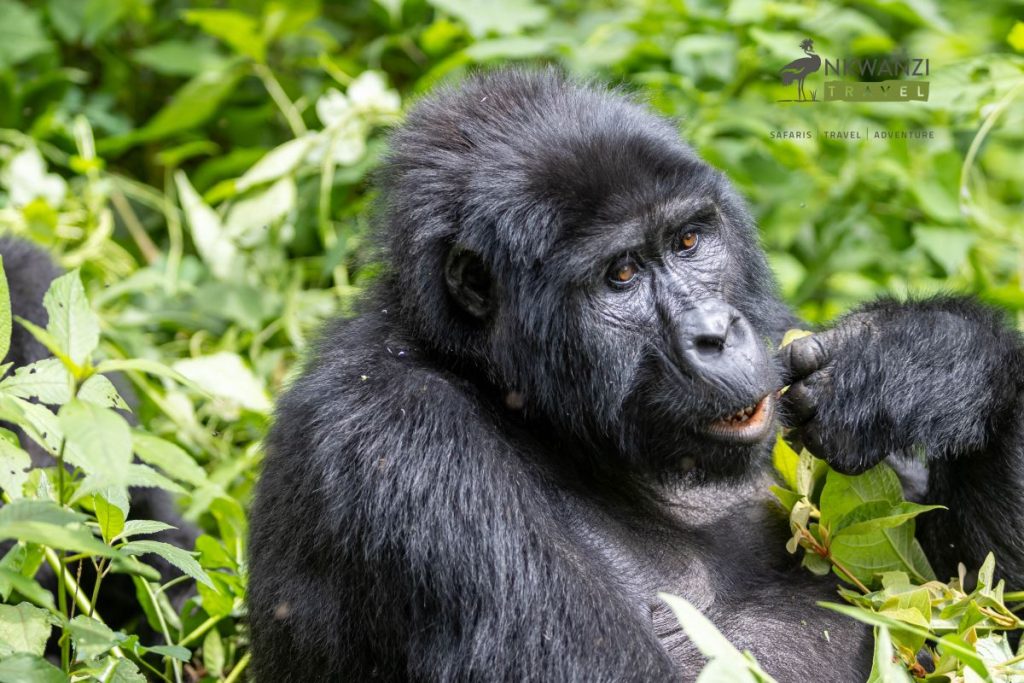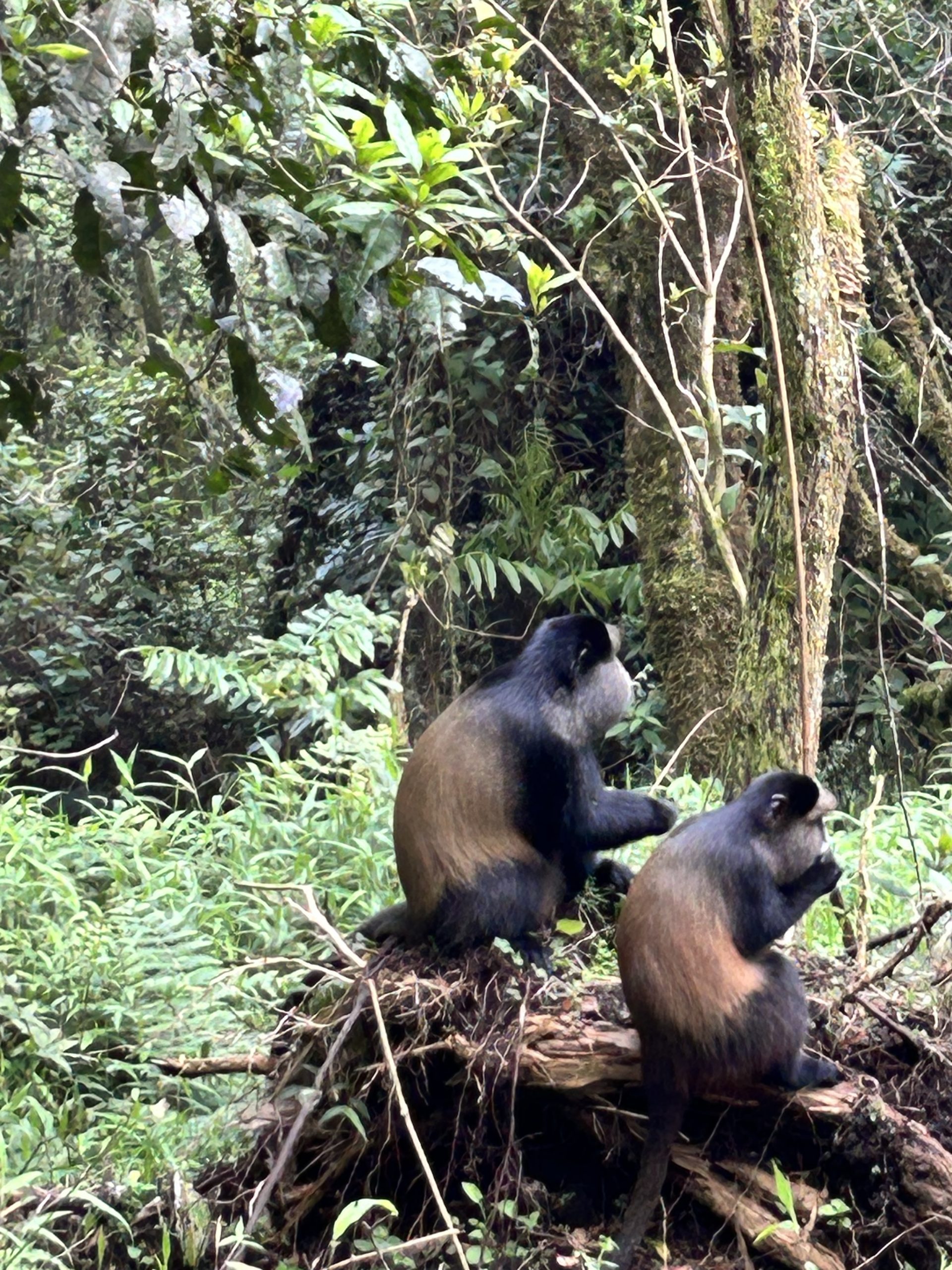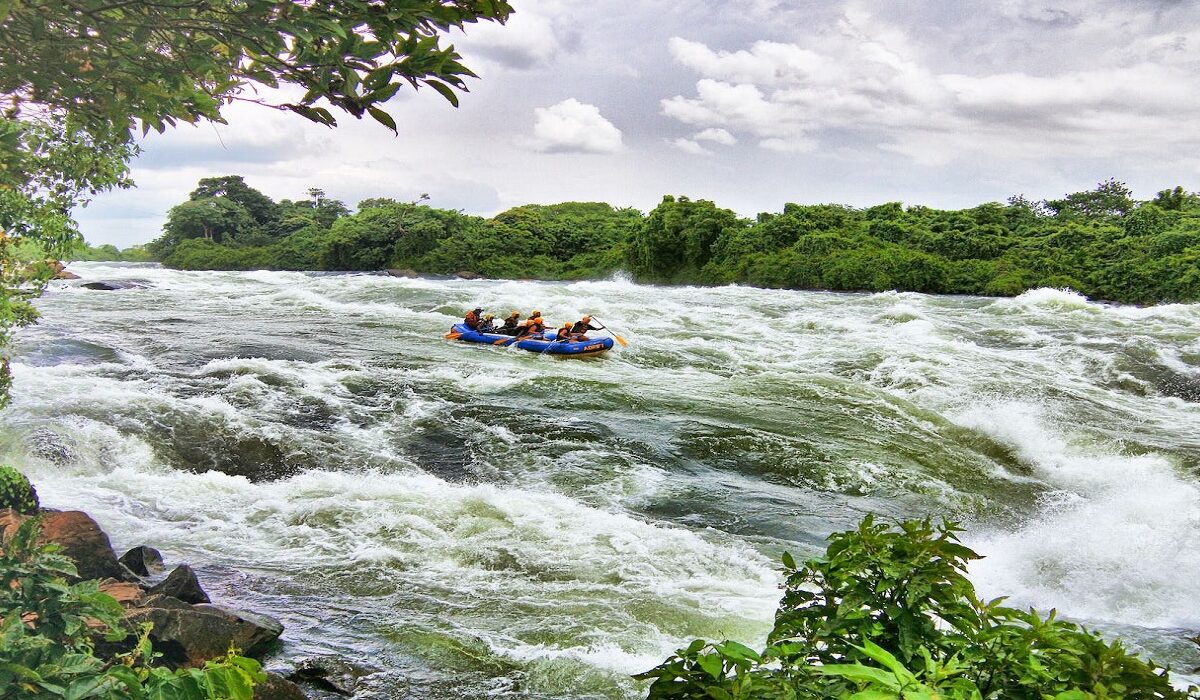Kibale Forest National Park
Kibale National Park is one of the best safari destinations in Africa for chimpanzee tracking and habituation has the highest number and diversity of primates in East Africa.
There are 13 species of primates including chimpanzees living within the most beautiful and most diversified tracts of tropical forest in the whole of Uganda.
The Forest covering predominates in the central and northern part of the park on the raised Fort Portal plateau.
There is a number of other wildlife in Kibale National Park however they are hardly seen. These consist of buffaloes, leopards, bush pigs, elephants, and duikers.
A keen viewer may also be able to spot some amphibians, reptiles and a variety of colorful butterflies and so much more.
Primate Walk
The perennially popular primate walk provides the chance to observe chimpanzees in their natural habitat. The walk will start at 8:00am from the Kanyanchu Visitor Centre. Once we reach the family, contact time with them is limited to one hour.
The nine diurnal primates found at Kibale are vervet, red-tailed, L; Hoest’s and blue monkeys, grey-cheeked mangabey, red colobus, black-and-white colobus, olive baboon, and chimpanzee.
Visitors who both the forest and the swamp walks can typically expect to see around five or six primate species.
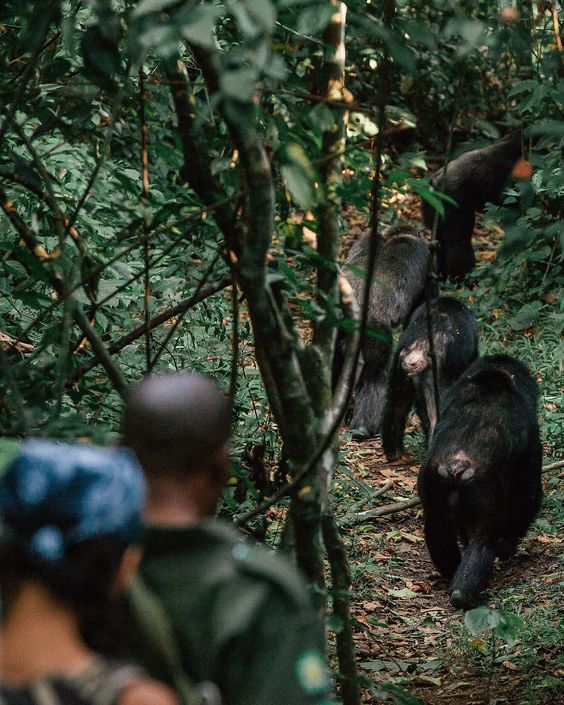
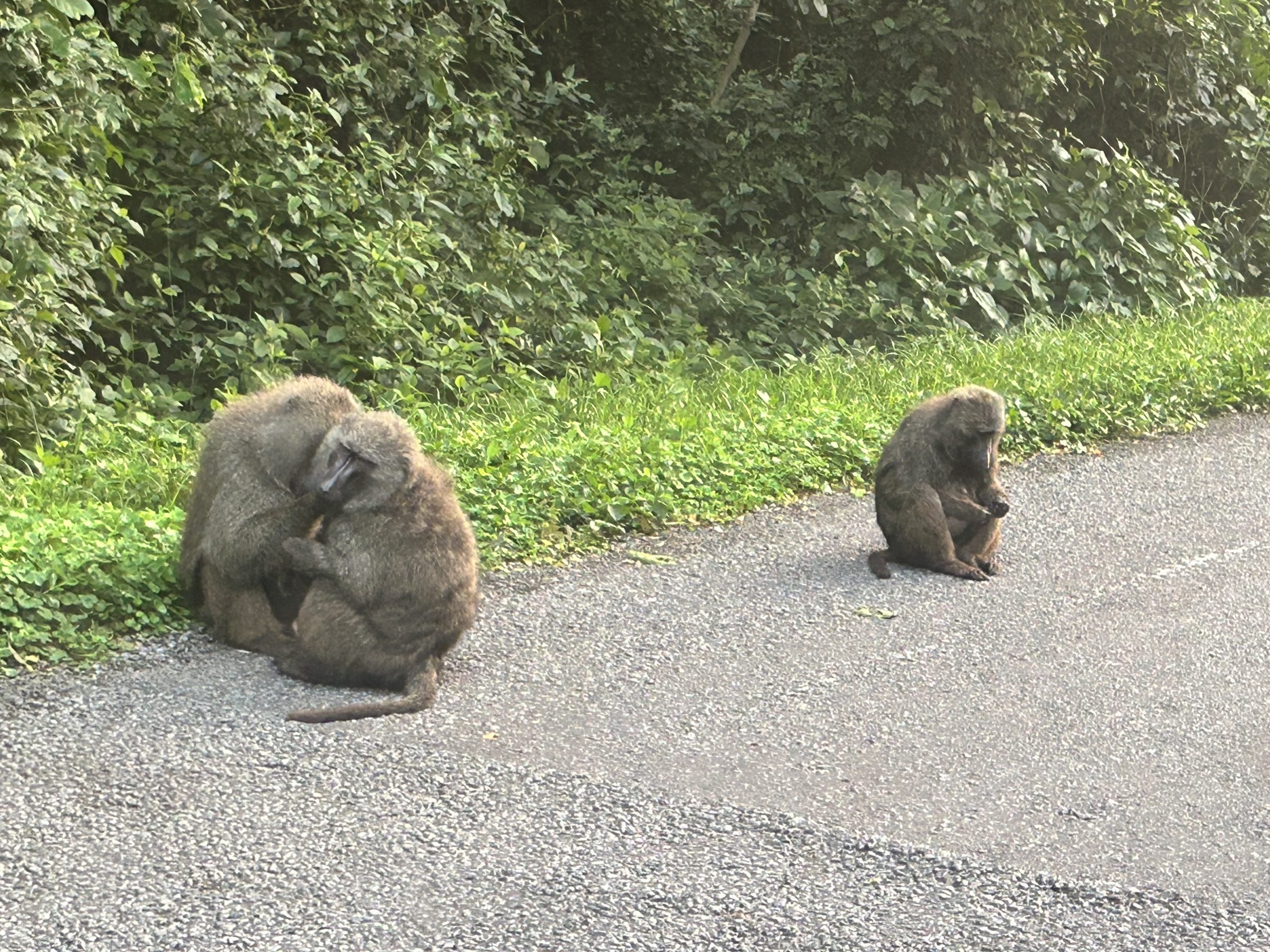
Bird Watching
There are other places in Uganda where these birds can be seen, but not in the company of local guides who know the terrain intimately and can identify even the most troublesome greenbuls by sight or call.
One of the birds most strongly associated with the swamp is the greater blue Turaco, which will be seen by most visitors. Another specialty is the papyrus gonolek, likely to be heard before it is seen, and most frequently encountered along the main road as it crosses the swamp or from the wooden walkway about halfway along the trail.
Other regularly seen birds include grey-throated, yellow-billed, yellow spotted and double-toothed barbets, speckled, yellow-rumped and yellow throated tinker-barbets.
